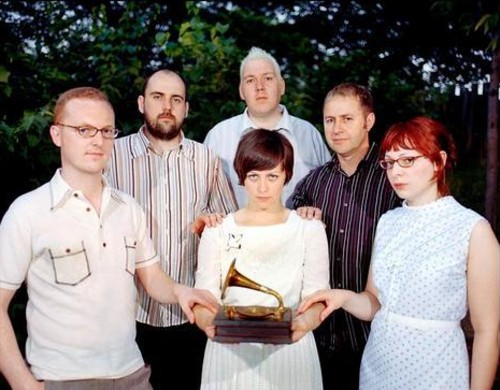
Camera Obscura My Maudlin Career
Long before the first forays into photography during the 19th century, intellectuals since the time of Ancient Greece have described the pinhole camera, the camera obscura and the photochemical effect, often unknowingly. According to some theorists, artists have used the camera obscura and camera lucida to aid them in their craft since the 1500s.

The Camera Obscura was the first invented camera but an exact age of it can not be set. Its principle is so simple that even Mother Nature creates it every day: A dark cave with a small hole in the outer rock face is all it needs for a Camera Obscura. A caveman could have a picture upside down on his wall, opposite the hole. It would show him a very blurred image of what is happening in front of the cave. Even Aristoteles mentioned the projection through a hole in 4th century B.C. Later on some painters used this principle to create more creative pictures and because the projection was too much out of focus and the exposure to low, they started to implement a lens. To this time there was no substance to capture these pictures, such as film, tapes or hard drives. In 1727, Johann H. Schulze, a German physicist, discovers that silver salts turn dark when exposed to light. But it took another century until the French inventor, Joseph Nicephore Niepce, produced a permanent image by coating a tin plate with asphalt emulsion and exposing the plate to light for about eight hours.






Camera Obscura My Maudlin Career

0 comments:
Post a Comment
Hi, please feel free to share your comment here.
For example: Which pictures is the best?
Thanks,
Admin